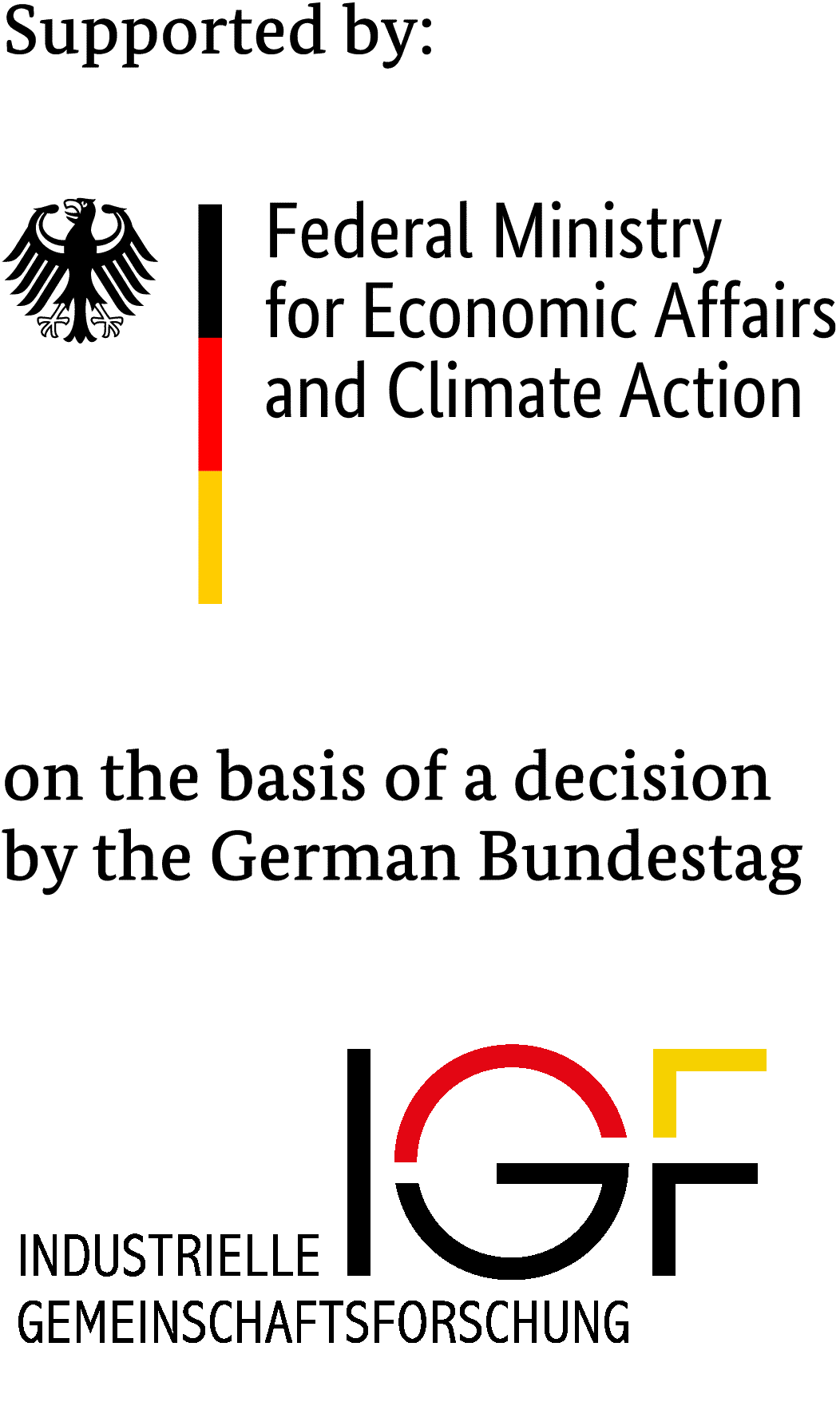Concrete pavers have many good properties. Surface water can percolate via joints between the pavers. Pavers are a sustainable construction product as they are flexible, easily installed, removed and reused. However, the use of conventional cement for concrete pavers leads to high carbon dioxide emissions. The environmental impact of concrete pavers can be reduced by the use of cements with low clinker content (clinker efficient cements).
At the present time, the sufficient resistance of pavers with clinker efficient cements against frost with de-icing chemicals is to be clarified. The current research project aims to answer this question. For this purpose, conventional and clinker efficient pavers are being tested in standard frost resistance tests. In addition to conventional cements (e. g. CEM I), a CEM II/C-M (clinker content 50 – 64 % by mass) and another clinker efficient cement will be used in core concrete and facing concrete of pavers. Taking into account their large share, core concrete will be produced with clinker efficient cements initially. Later on, a CEM II/C will be used in facing concrete as well.
The resistance against freeze-thaw attack with de-icing chemicals will be examined after storage under varying ambient conditions (carbon dioxide concentration and relative humidity of the ambient air). For clinker efficient concrete products, the recommended ambient conditions for ensuring a sufficient resistance against freeze-thaw attack with de-icing chemicals are expected to differ from recommendations for pavers with conventional cements.
Based on the results of the research project, paver producers will be able to establish actions to ensure a production of clinker efficient concrete products with a sufficient resistance against freeze-thaw attack with de-icing chemicals. Manufacturers of clinker efficient concrete products will be able to lower the environmental impact of their pavers, increase competitiveness and contribute to the decarbonisation of the concrete industry.

